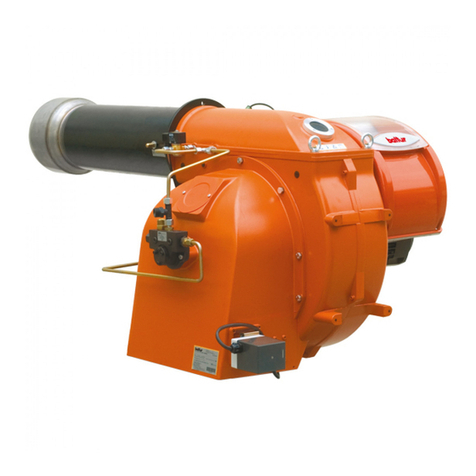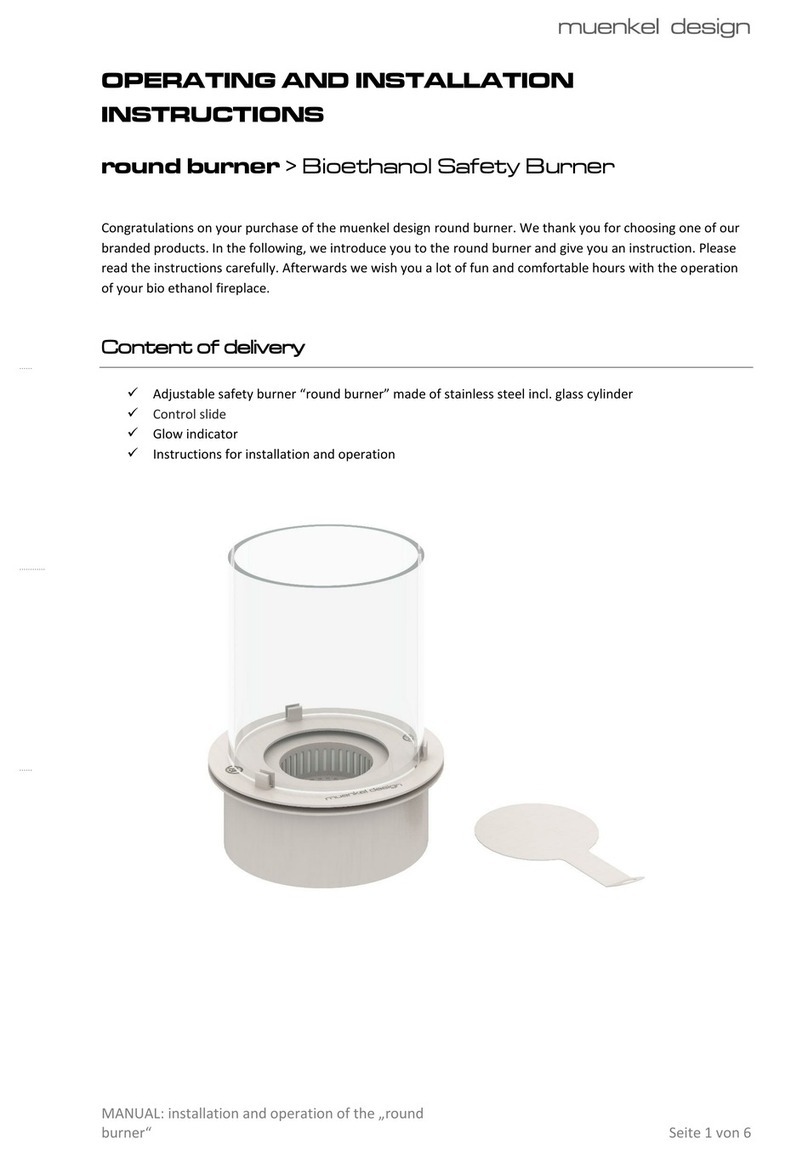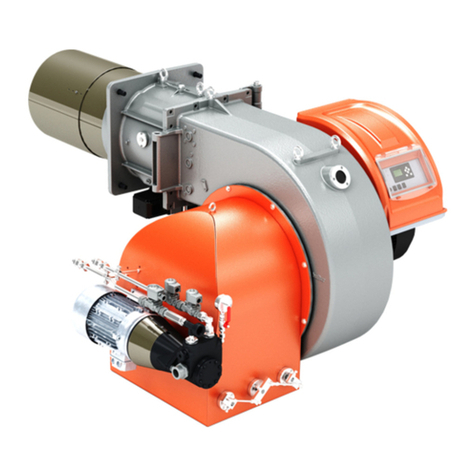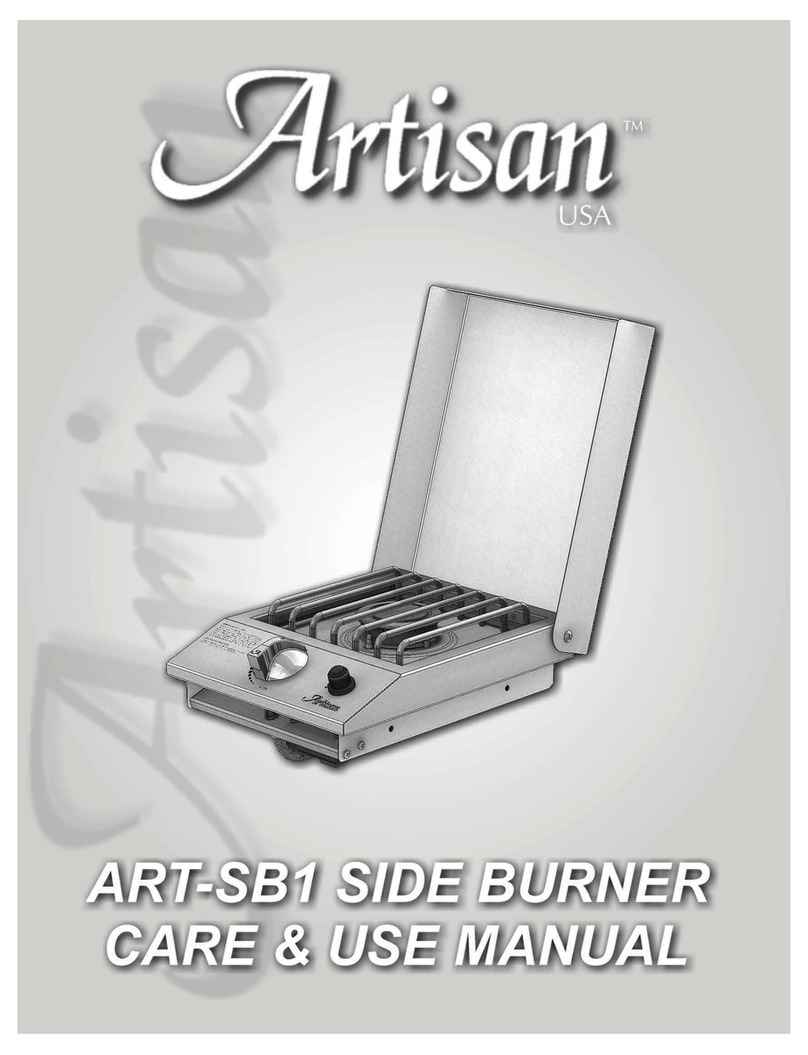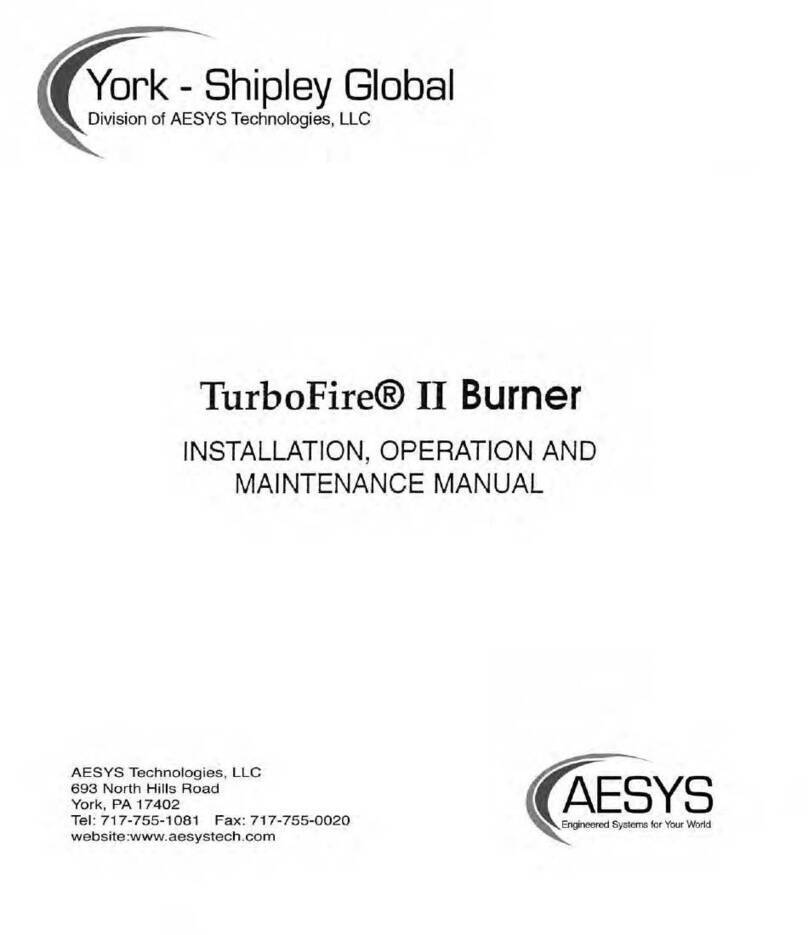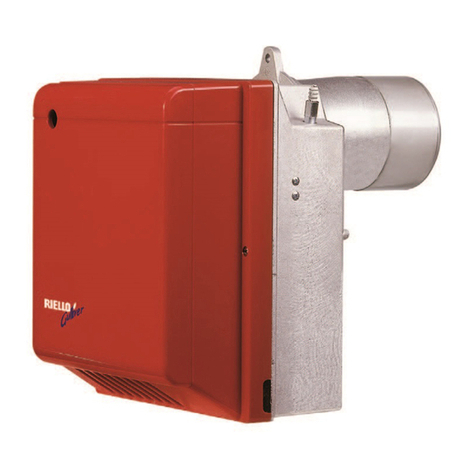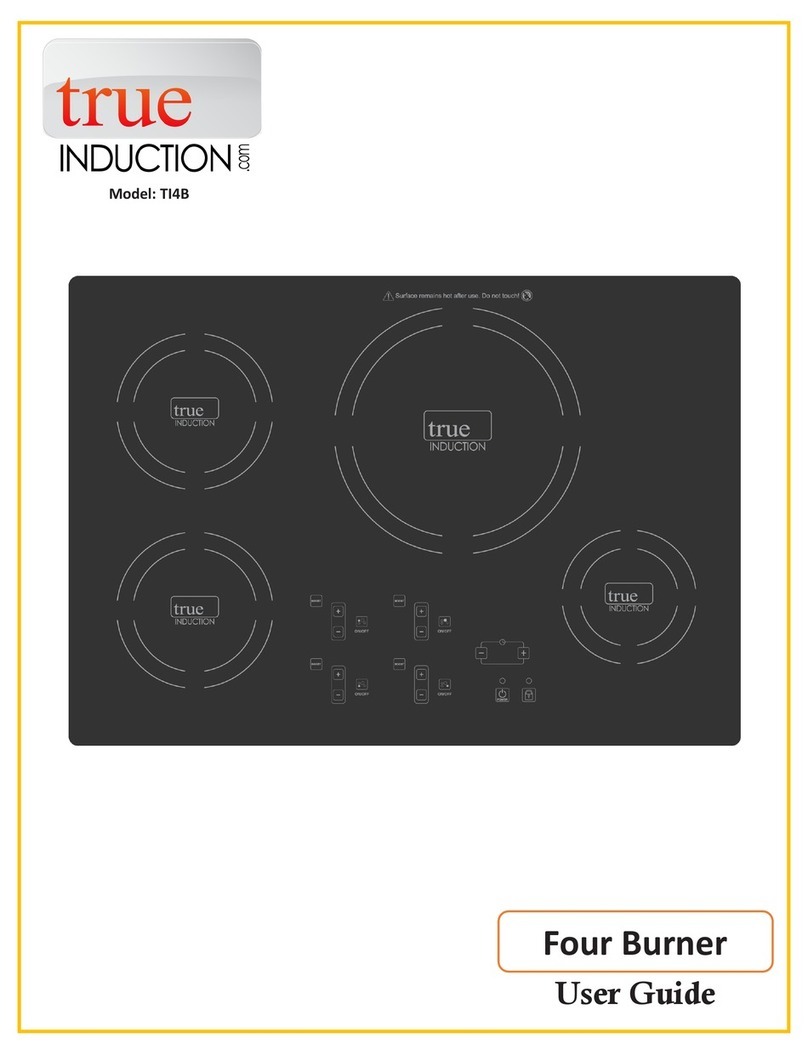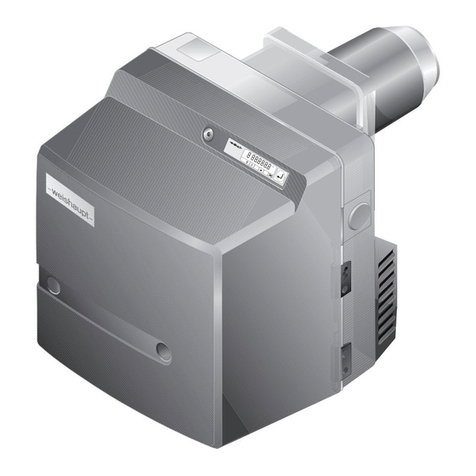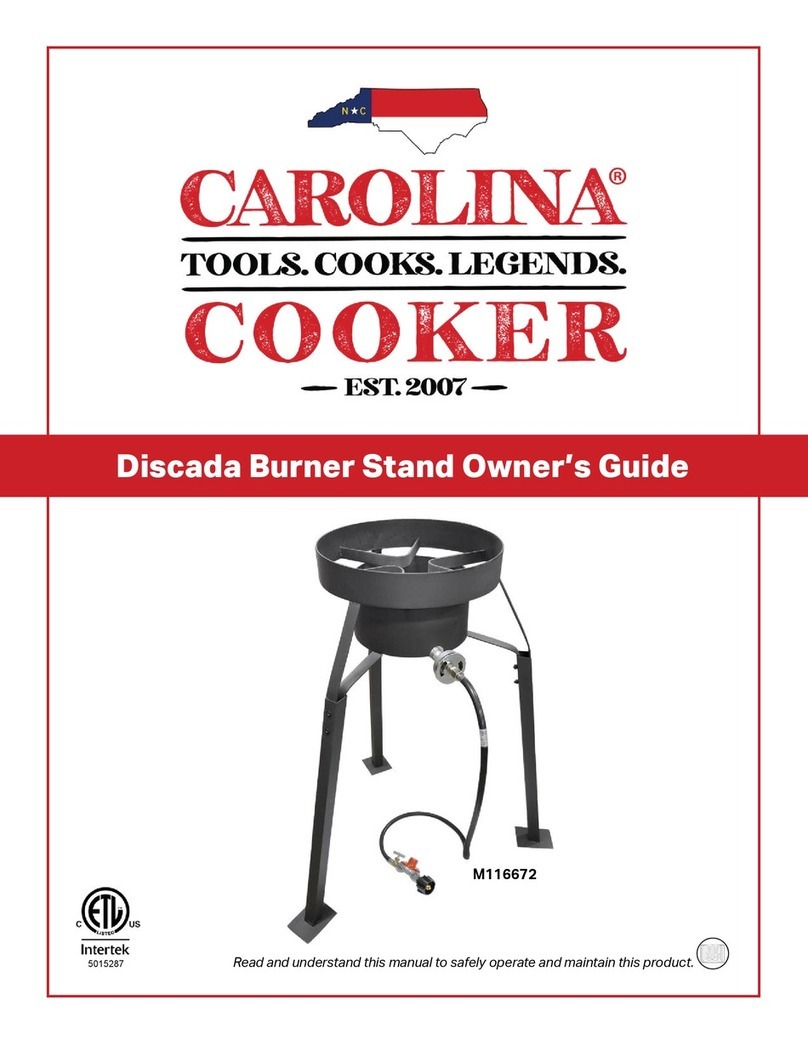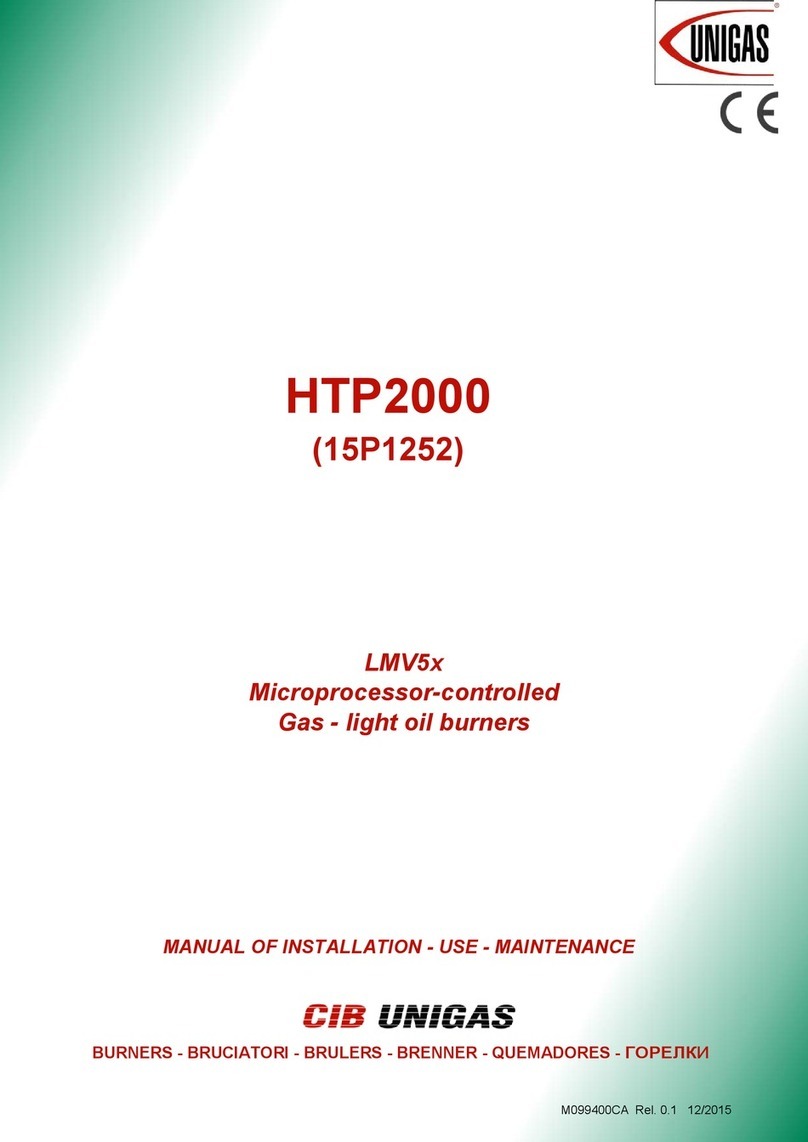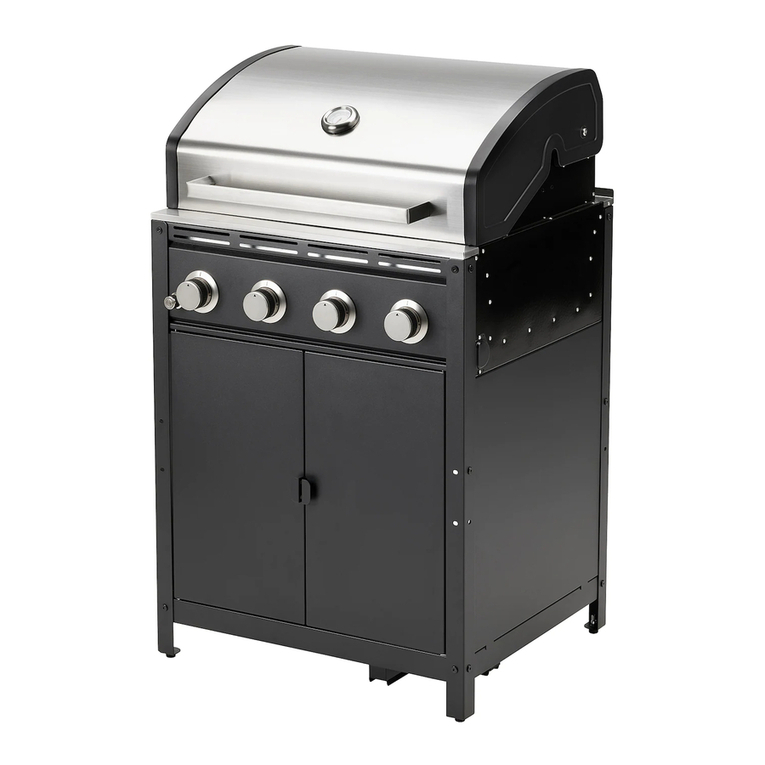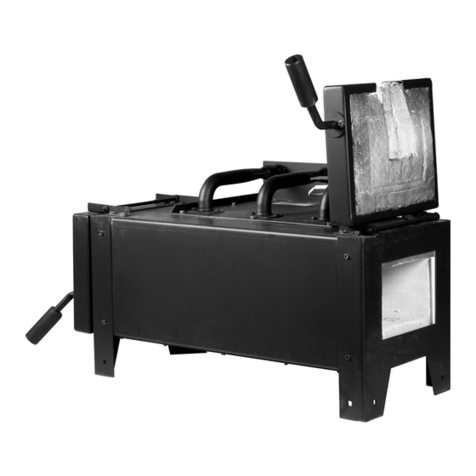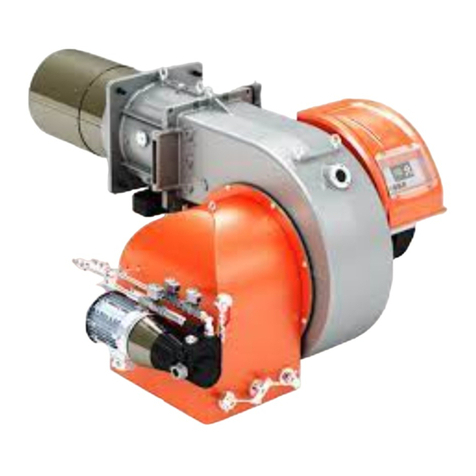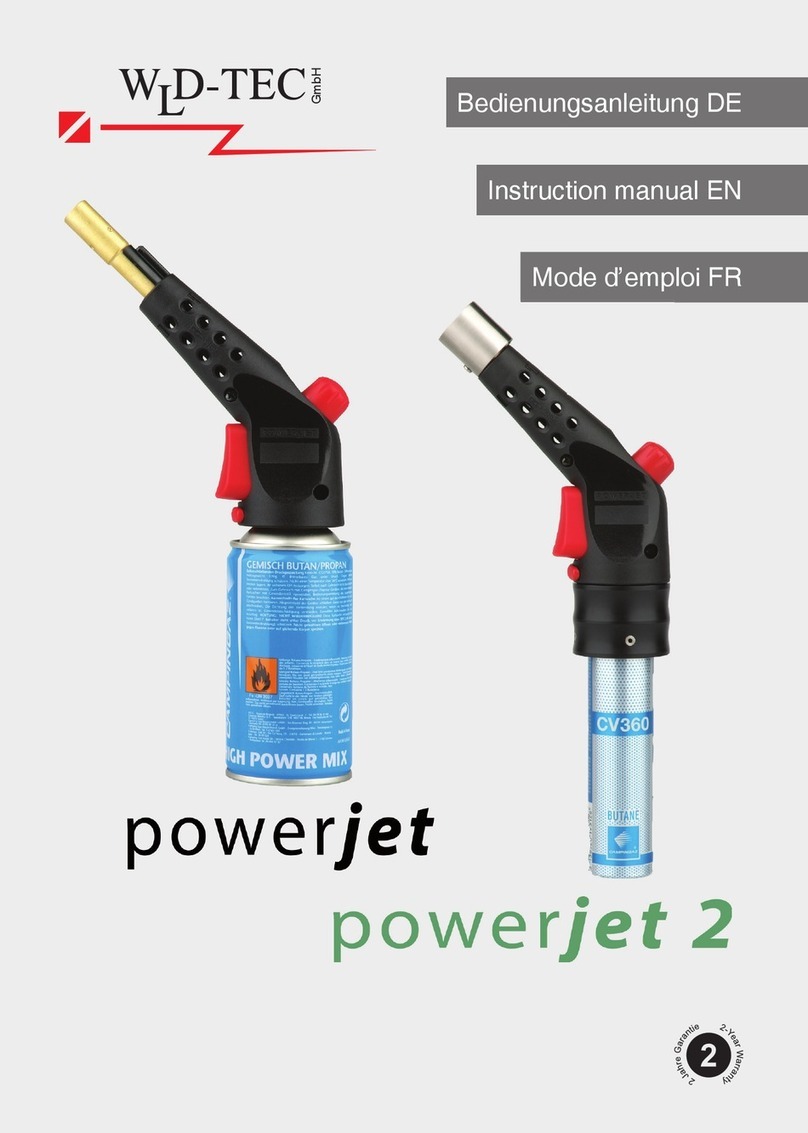Gas and Electrical Safety
This gas side burner must be installed in accordance with all local codes. In addition, the gas side
burner(s) must be installed in accord with the following codes, as applicable:
National Fuel Gas Code, ANSI Z223.1 / NFPA 54
Natural Gas and Propane Installation Code, CSA B149.1
Propane Storage and Handling Code, CSA B149.2
Where applicable, a standard electrical supply (115V, 60Hz) must be used for lights, rotisserie
motor(s), and all other apparatus that need to be plugged in. Electrical supplies must be properly
grounded in accordance with the National Electrical Code, ANSI / NFPA 70. Compliance with local
codes and ordinances is required.
Never use dented, rusty, or damaged propane tanks.
Always have an ABC fire extinguisher nearby. Never attempt to use water to extinguish a grease
fire.
Check the tubes that lead into the burner for any blockage from insects, spiders, or food grease.
Liquid petroleum (LP) or propane is highly flammable. Treat with care.
Do not repair gas tanks yourself; seek repair from an authorized repair person.
Do not repair damaged gas connectors, tank valves, or supply hoses.
Store gas tanks in an upright, contained, and secure area. Do not leave filled tanks in a hot car or
car or car trunk.
Check for gas leaks. If you detect a leak, immediately turn off the gas and do not attempt to ignite
the side burner until the leak is fixed.
Never light cigarettes or matches, or expose open flames in the presence of a gas leak.
Do not exceed the power outlet ratings.
Keep any electrical supply cord and the fuel supply hose away from any heated surfaces.
To protect against electric shock, do not immerse power cords or plugs in water or other liquids.
Use outlets that cannot be turned off by a switch or pull chain.
Do not operate any apparatus or accessories with power plugs missing the ground plug, a damaged
cord, or a loose socket. Do not bypass, cut, or remove the grounding plug.
Unplug the unit if it is not going to be used for an extended period of time.
Never plug or unplug the unit with wet hands.
Do not use extension cords or power strips with this unit. You may need to contact your electrician if
it is necessary to use a longer cord or if you do not have a grounded outlet. Do not modify the
power cord’s length or share the outlet with other appliances.
Do not start or stop the unit by switching the circuit’s power on and off.
If the power cord is damaged, it must be replaced by the manufacturer or a qualified technician.
Never repair the unit while it is plugged in.
Immediately unplug the unit if it makes strange sounds, emits smells or smoke comes out of it, and
contact customer service.
You should never attempt to repair the unit yourself. Contact customer service for service options if
the unit needs service.
Never use charcoal or any other non-approved or solid fuel sources. This manual covers side
burners fueled by gas (LP and NG) only.
